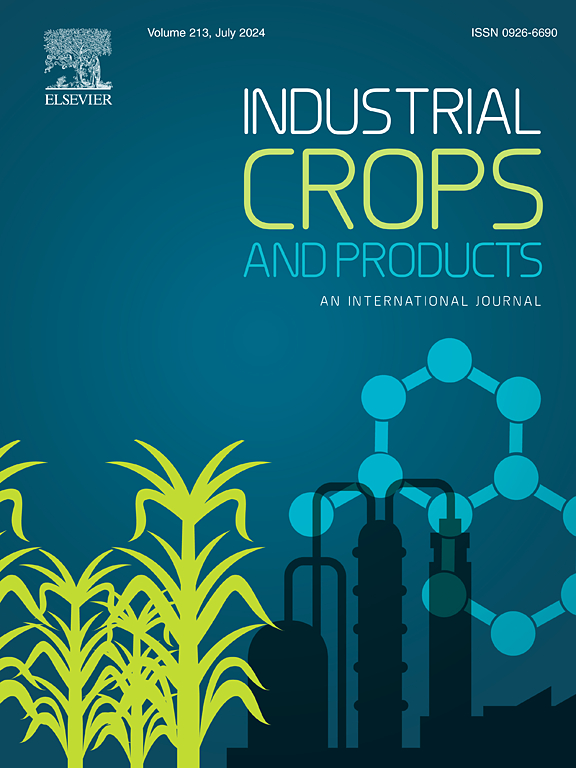Integrated analysis of metabolome and transcriptome provides insights into the metabolic adjustments of heteroblastic foliage in Pinus massoniana seedlings
IF 5.6
1区 农林科学
Q1 AGRICULTURAL ENGINEERING
引用次数: 0
Abstract
Pine needle extract is rich in bioactive compounds. Pinus massoniana exhibits heteroblastic foliage in the first growing season, forming primary needle seedling (PNS) and secondary needle seedling (SNS). Significant differences in leaf morphology, photosynthetic physiology, and growth between PNS and SNS have been previously documented; however, the metabolic adjustments associated with heteroblastic foliage remain unclear. In this study, metabolomic and transcriptomic analyses revealed that elevated levels of auxin and cytokinin in PNS, mediated by high expression of IAA and ARR-A genes, hinder the germination and growth of axillary buds. In contrast, abscisic acid, jasmonic acid, and gibberellin acid levels increased in SNS, promoting the accumulation of phenylpropanoids, flavanones, and flavones. PNS also exhibited higher concentrations of amino acids and derivatives, along with flavonols, isoflavones, and anthocyanins, which could inhibit auxin polar transport and prevent auxin/cytokinin expulsion. Key genes such as PAL and CHS were up-regulated in SNS, while DFR, FLS, COMT, and PRDX6 were down-regulated, influencing flavonoid subclasses biosynthesis. Our findings demonstrate that phytohormones play a vital role in the metabolic adjustments of heteroblastic foliage through crosstalk between phytohormones and metabolites. These insights advance our understanding of the regulatory mechanisms and pharmaceutical potential associated with the heteroblastic foliage of conifers.
求助全文
约1分钟内获得全文
求助全文
来源期刊

Industrial Crops and Products
农林科学-农业工程
CiteScore
9.50
自引率
8.50%
发文量
1518
审稿时长
43 days
期刊介绍:
Industrial Crops and Products is an International Journal publishing academic and industrial research on industrial (defined as non-food/non-feed) crops and products. Papers concern both crop-oriented and bio-based materials from crops-oriented research, and should be of interest to an international audience, hypothesis driven, and where comparisons are made statistics performed.
 求助内容:
求助内容: 应助结果提醒方式:
应助结果提醒方式:


